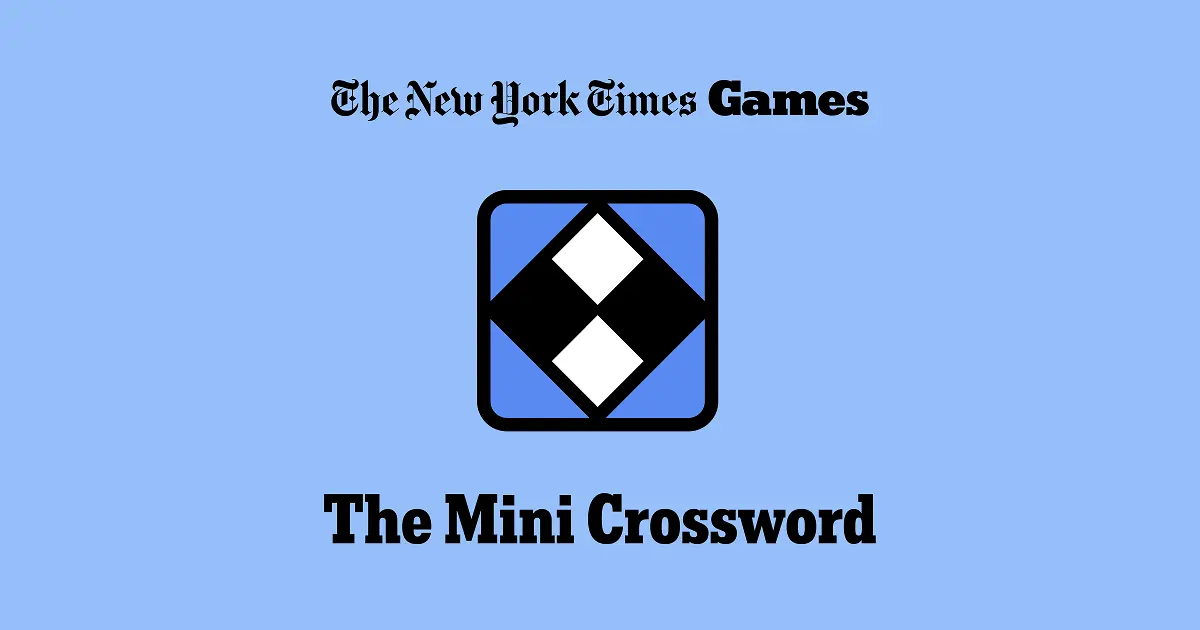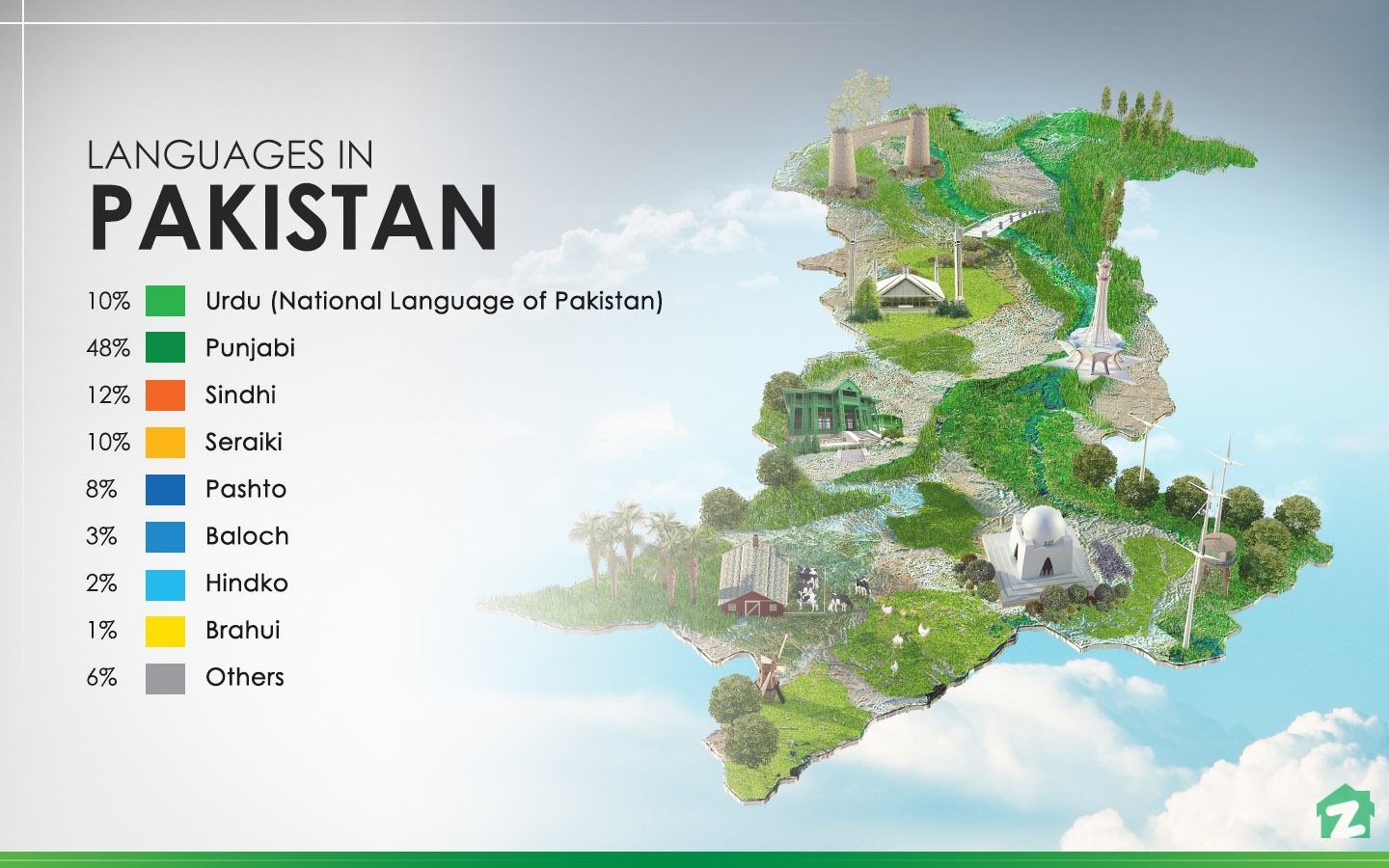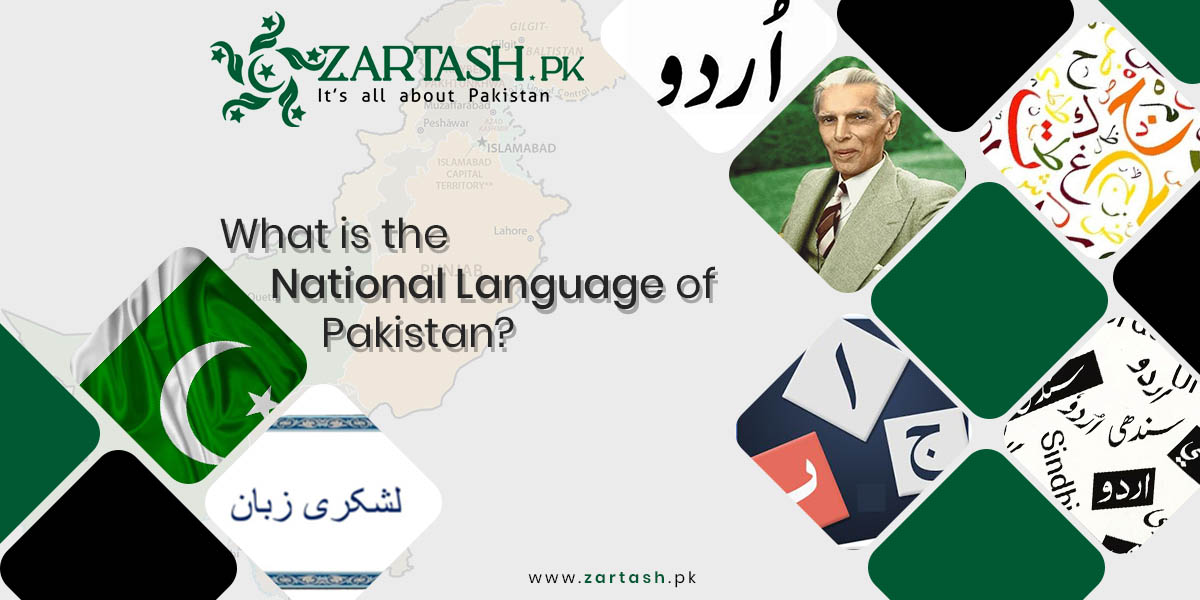National language of pakistan nyt – As the national language of Pakistan, Urdu holds a central place in the country’s cultural identity, political discourse, and educational system. The New York Times’ coverage of Urdu provides valuable insights into its role and the challenges it faces in a rapidly changing world.
Urdu’s history, significance, and the complexities of its status as an official language alongside English are explored in depth. The article delves into the sociolinguistic aspects of Urdu, examining the linguistic diversity of Pakistan and the influence of regional languages and dialects on Urdu.
Overview of Pakistan’s National Language

Pakistan’s national language is Urdu, an Indo-Aryan language with a rich history and cultural significance. It serves as a symbol of national unity and cultural heritage, while English holds the status of an official language for government and business purposes.
History of Urdu as Pakistan’s National Language
Urdu emerged as a literary language in the 18th century, drawing influences from Persian, Arabic, and local dialects. It gained prominence during the Mughal Empire and became the official language of the British Raj in the 19th century. Upon Pakistan’s independence in 1947, Urdu was adopted as the national language to foster unity among the diverse linguistic groups within the nation.
Significance of Urdu in Pakistani Culture and Identity
Urdu is deeply embedded in Pakistani culture, serving as the language of literature, poetry, music, and film. It is a source of national pride and a symbol of the country’s rich cultural heritage. Urdu literature, particularly its poetry, holds a revered position in Pakistani society, with renowned poets like Allama Iqbal and Faiz Ahmed Faiz being widely celebrated.
Role of English as an Official Language
While Urdu is the national language, English holds an important role as an official language. It is used in government, education, and business sectors, particularly for international communication and diplomatic purposes. English serves as a bridge between Pakistan and the global community, facilitating trade, diplomacy, and cultural exchange.
The New York Times Coverage of Pakistan’s National Language

The New York Times (NYT) has consistently reported on the significance and evolution of Urdu as the national language of Pakistan. Through its articles, the NYT has highlighted key themes and perspectives, influencing public perception of Urdu’s role in Pakistani society.
NYT Reporting on Urdu’s Significance
NYT articles emphasize the deep-rooted historical and cultural ties between Urdu and Pakistan. They highlight Urdu’s status as a unifying force, bridging linguistic and ethnic divides within the country. The NYT has also explored the challenges faced by Urdu, including its limited use in education and official settings, and the influence of English as a global language.
Impact on Public Perception
The NYT’s coverage of Urdu has contributed to a nuanced understanding of its importance in Pakistan. By presenting diverse perspectives and highlighting the complexities surrounding Urdu’s role, the NYT has fostered a more informed public discourse on the subject. This has encouraged greater appreciation for Urdu’s cultural heritage and the need for its preservation and promotion.
Sociolinguistic Aspects of Urdu as a National Language
Urdu, the national language of Pakistan, is a reflection of the country’s rich linguistic diversity. Maintaining Urdu as a unifying language presents challenges due to the presence of numerous regional languages and dialects. However, it remains a significant force in fostering national identity and cultural cohesion.
Influence of Regional Languages and Dialects on Urdu
Pakistan is home to over 60 languages, each with its unique grammar, vocabulary, and pronunciation. Regional languages like Punjabi, Sindhi, Pashto, and Balochi have significantly influenced Urdu, enriching its vocabulary and shaping its regional dialects.
For example, the Punjabi dialect of Urdu incorporates many Punjabi words and phrases, while the Sindhi dialect reflects the influence of Sindhi language. These regional variations contribute to the vibrant tapestry of Urdu, making it a language that reflects the diverse linguistic heritage of Pakistan.
Impact of Globalization and Technology on the Use of Urdu in Pakistan
Globalization and technological advancements have had a profound impact on the use of Urdu in Pakistan. The rise of English as the global language of communication has led to increased use of English in education, business, and media.
However, Urdu continues to play a vital role in Pakistani society, especially in the fields of literature, poetry, and film. Social media platforms have also contributed to the revitalization of Urdu, with users actively engaging in online discussions and sharing Urdu content.
Political and Educational Implications of Urdu as a National Language

Urdu, the national language of Pakistan, plays a pivotal role in shaping national identity and political discourse. Its adoption as the official language has significant implications for education, access to opportunities, and the country’s linguistic landscape.
Urdu and National Identity
Urdu has become a symbol of Pakistani nationalism, uniting people from diverse linguistic backgrounds. It is the language of the country’s constitution, anthem, and official documents. By promoting Urdu, the government aims to foster a sense of unity and commonality among citizens.
Challenges and Opportunities in Urdu Education, National language of pakistan nyt
Promoting Urdu education in Pakistan presents both challenges and opportunities. While it is important to preserve and promote the national language, it is also crucial to ensure that all citizens have access to education in their native languages.
- Advantages:Standardization of education, national integration, cultural preservation.
- Challenges:Lack of qualified teachers, limited resources, resistance from regional language groups.
Language Policy and Access to Education and Employment
The language policy in Pakistan has a direct impact on access to education and employment. Urdu is the medium of instruction in most public schools, which can create barriers for students from non-Urdu speaking backgrounds.
In the job market, proficiency in Urdu is often a requirement, giving an advantage to those who have received education in the national language. However, this can also lead to discrimination against those who are not fluent in Urdu.
Future Prospects of Urdu as Pakistan’s National Language
Urdu, the national language of Pakistan, faces both opportunities and challenges in the 21st century. As Pakistan’s linguistic landscape evolves, it is crucial to explore the future prospects of Urdu and identify strategies for its preservation and promotion.
Emerging Trends and Challenges
- Globalization and Language Shift:Globalization has led to increased exposure to English, resulting in a shift towards English as the preferred language for education, business, and media.
- Regional Language Revitalization:Regional languages, such as Punjabi, Sindhi, and Pashto, are gaining prominence, leading to increased demand for their use in education and public discourse.
- Technological Advancements:The advent of digital media and social media has created new platforms for Urdu expression and communication, both within Pakistan and globally.
Initiatives and Strategies
- National Language Promotion Policies:The government of Pakistan has implemented policies to promote Urdu, including making it a compulsory subject in schools and universities.
- Urdu Literary and Cultural Initiatives:Non-profit organizations and literary societies are organizing events, workshops, and competitions to promote Urdu literature, poetry, and drama.
li> Technology-Based Language Learning:Educational institutions and technology companies are developing online platforms and mobile applications to facilitate Urdu language learning.
Conclusion
The future of Urdu as Pakistan’s national language is shaped by a complex interplay of emerging trends and challenges. By embracing innovative strategies and promoting Urdu through education, cultural initiatives, and technological advancements, Pakistan can ensure the vitality and longevity of its national language in the 21st century.
Summary: National Language Of Pakistan Nyt

The future of Urdu as Pakistan’s national language is uncertain, but there are initiatives and strategies in place to promote and revitalize its use. The article concludes by highlighting the importance of preserving and promoting Urdu in the 21st century.
Key Questions Answered
What is the significance of Urdu in Pakistani culture?
Urdu is a symbol of national unity and cultural heritage, deeply embedded in Pakistani literature, music, and art.
What are the challenges of maintaining Urdu as a unifying language in Pakistan?
Pakistan’s linguistic diversity, with numerous regional languages and dialects, poses challenges to Urdu’s status as the sole national language.
How has globalization impacted the use of Urdu in Pakistan?
Globalization has led to increased exposure to English and other international languages, potentially influencing the usage and perception of Urdu.